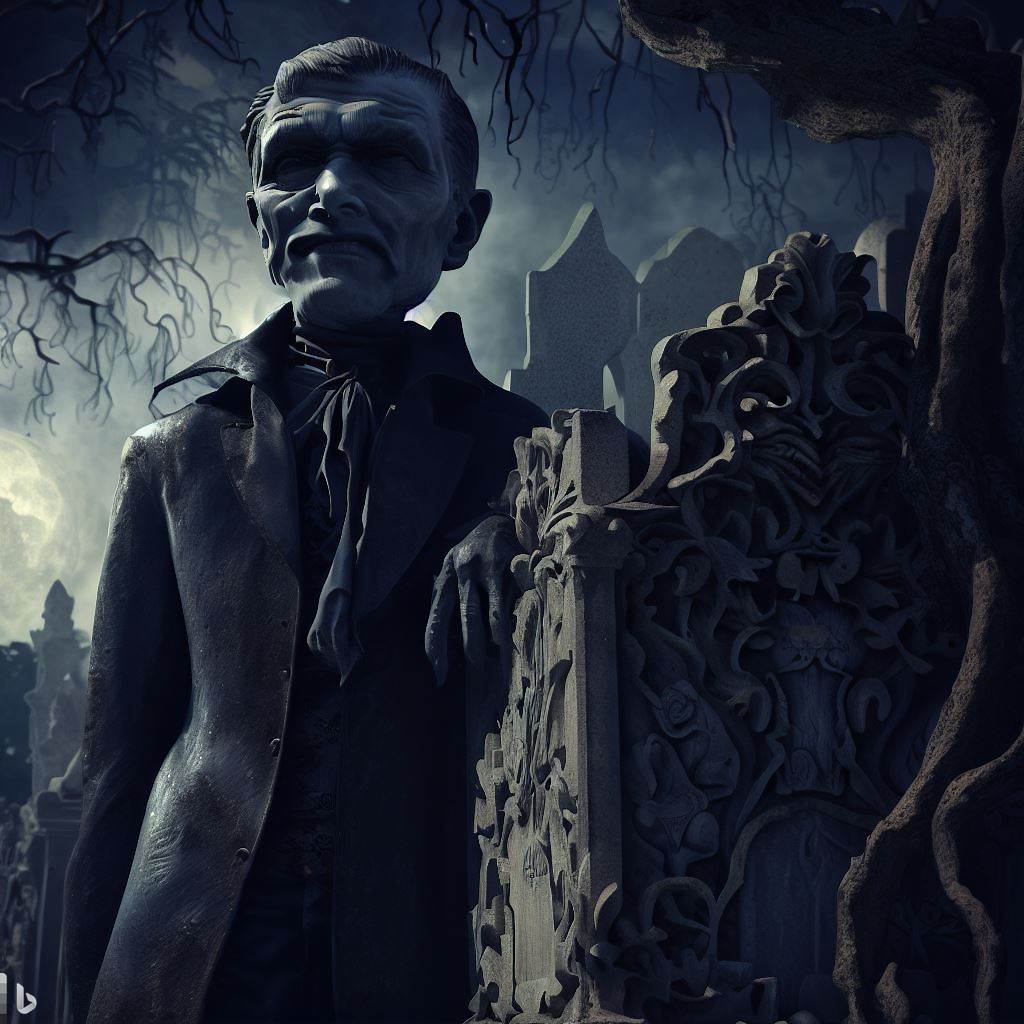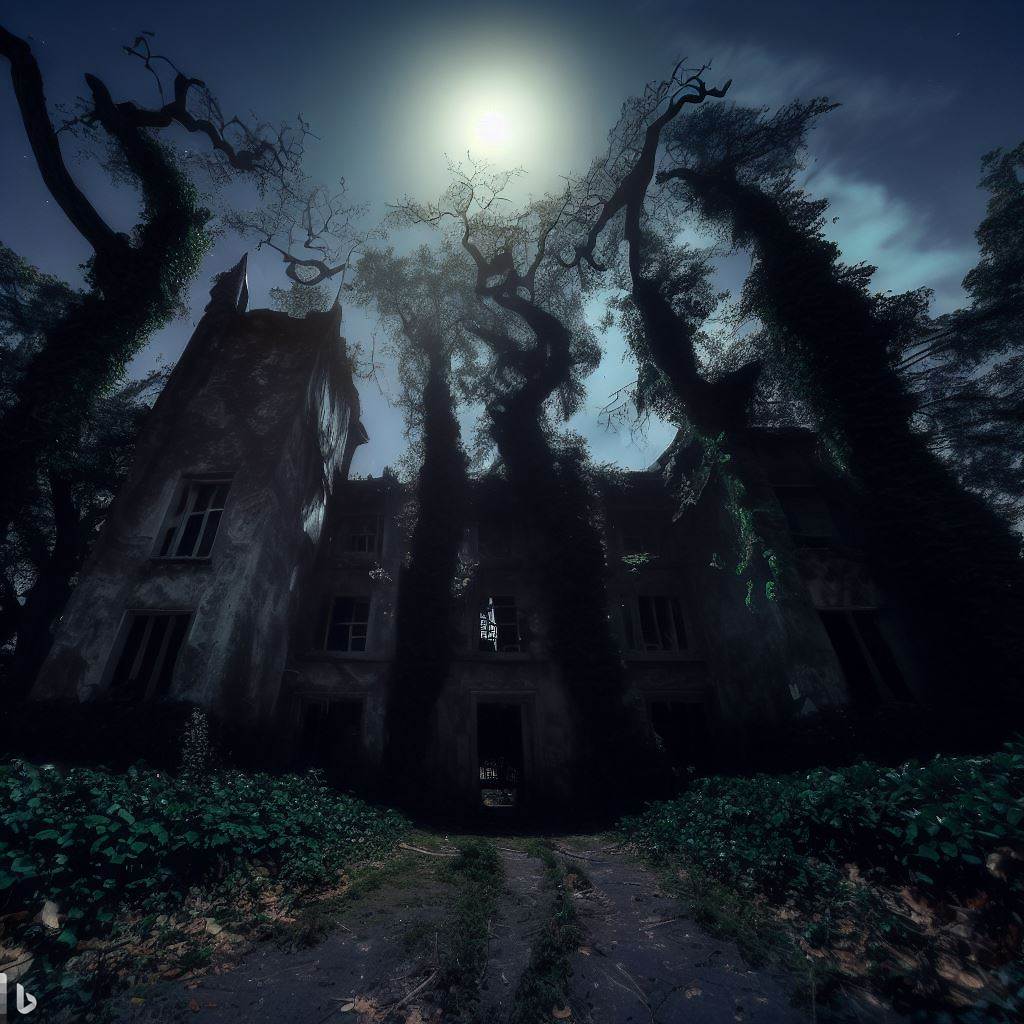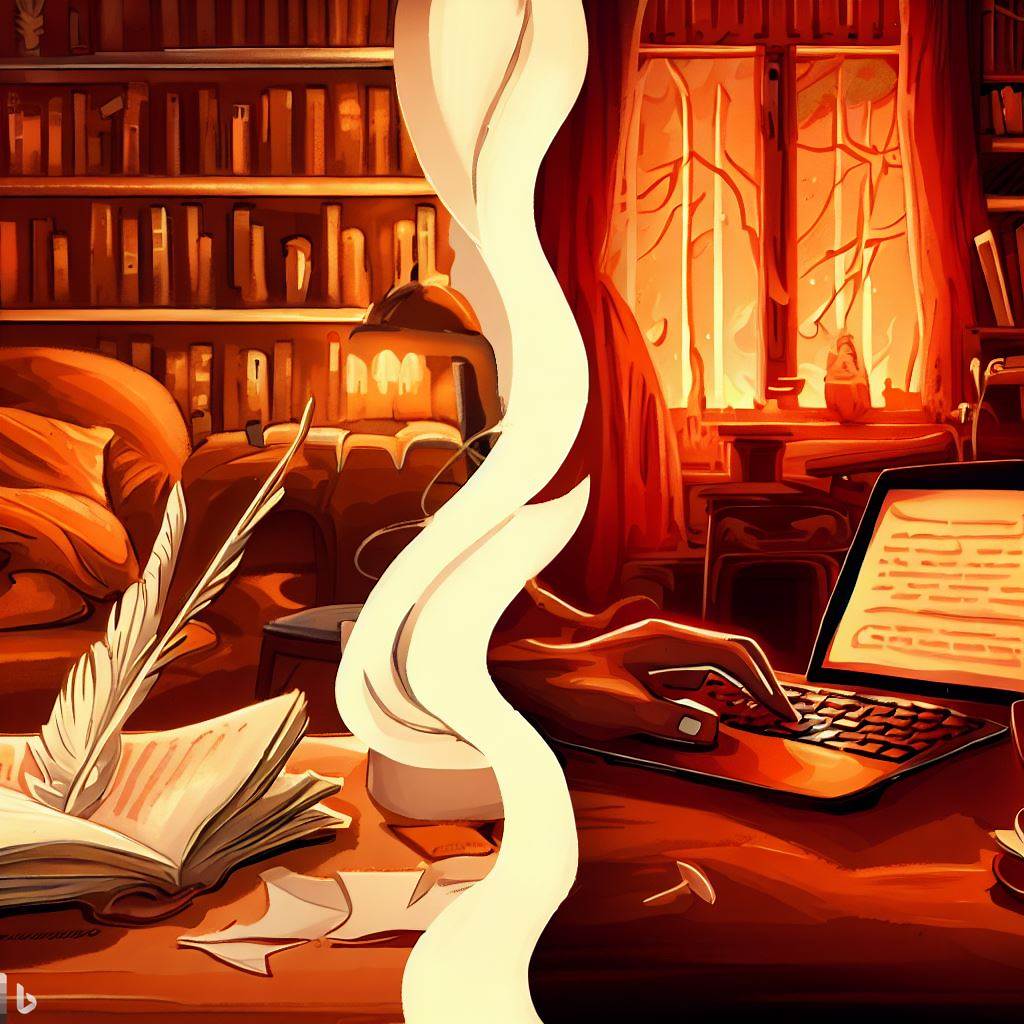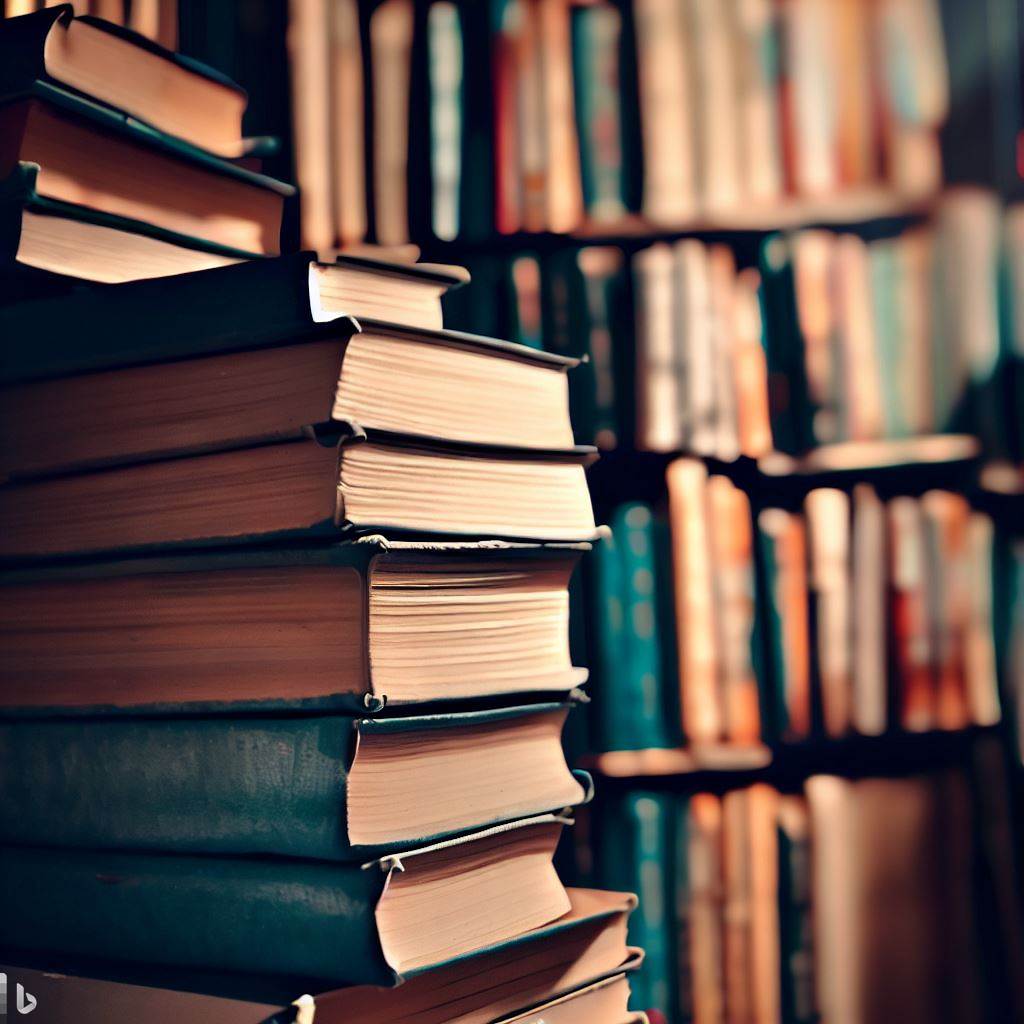
Throughout the vast landscape of classic literature, readers have encountered a myriad of unforgettable villains. These sinister characters captivate us, repulse us, and leave a lasting impression on our minds. In this article, we delve into the dark depths of literary history to bring you the top 5 most unforgettable villains in classic literature.
1. Iago from Shakespeare’s Othello
Iago is one of the most devious and manipulative villains in literary history. As a high-ranking officer in the Venetian army, Iago is the epitome of deceit and treachery. His cunning manipulation of Othello, his supposed friend, and commander, leads to the tragic downfall of the noble Moor. Iago’s evil machinations are driven by jealousy and an insatiable lust for power, making him a character that readers cannot help but despise.
Iago’s dark and twisted nature is evident in every interaction he has with the characters around him. His unparalleled ability to read people and exploit their deepest fears and insecurities is a testament to his malevolent genius. As he weaves his intricate web of lies and deceit, readers can’t help but be drawn into his sinister plan, feeling a chilling sense of dread with each passing scene.
The tragedy of Iago’s manipulation is amplified by the fact that those he ensnares are unsuspecting and undeserving of his wicked schemes. His betrayal of Othello is particularly heart-wrenching, as the noble Moor is a man of great honor and integrity, who trusts Iago implicitly. The devastation that ensues as Othello’s world comes crashing down around him, all at the hands of his supposed friend, is a stark reminder of the profound destruction that can be wrought by envy and deceit.
The true depth of Iago’s evil is further highlighted by the collateral damage he causes, ruining the lives of innocent bystanders such as Desdemona, Cassio, and Roderigo. Each of these characters suffers greatly as a result of Iago’s manipulations, with some even meeting untimely and tragic ends. This wanton disregard for the well-being of others underscores Iago’s complete lack of empathy and his unwavering dedication to his own twisted goals.
Iago’s character is also a chilling reflection of the darker aspects of human nature. His Machiavellian tactics and ruthless ambition serve as a cautionary tale, reminding us that even the most seemingly trustworthy individuals can harbor sinister intentions. The emotional turmoil we experience as we bear witness to Iago’s treachery is a testament to the power of literature to evoke deep and lasting emotions within its readers.
2. Lady Macbeth from Shakespeare’s Macbeth
Lady Macbeth stands out as a powerful and ruthless female antagonist in classic literature. Her unyielding ambition drives her to persuade her husband, Macbeth, to commit regicide and seize the Scottish throne. Lady Macbeth’s cunning, manipulative nature and her unrepentant heart make her a chilling presence in the play. Ultimately, her descent into madness and guilt showcase the devastating consequences of unbridled ambition and ruthless ambition.
Lady Macbeth’s insatiable thirst for power and status transforms her from a devoted wife and partner to a cold, calculating manipulator. Her relentless pursuit of the throne casts a dark shadow over the once-noble Macbeth, luring him down a path of murder and betrayal. The chilling metamorphosis of Lady Macbeth serves as a haunting reminder of the destructive force of unchecked ambition, striking fear and sorrow into the hearts of readers.
As the play unfolds, we witness the unraveling of Lady Macbeth’s sanity as the weight of her guilt and the consequences of her actions begin to take their toll. Her once-fierce determination gives way to tormented sleepwalking, a stark contrast to the formidable woman we first encountered. This tragic transformation elicits a profound sense of pity and despair, as we observe the devastating impact of her actions on both herself and those around her.
The complex relationship between Lady Macbeth and her husband adds another layer of emotional depth to her character. In the beginning, she is the driving force behind Macbeth’s ascent to power, manipulating him with her cunning and conviction. However, as Macbeth succumbs to his own ambition and descends into tyranny, Lady Macbeth is left isolated, her influence over her husband waning. The sense of loss and loneliness that permeates her final scenes is heart-wrenching, further emphasizing the destructive consequences of their ruthless pursuit of power.
3. Count Dracula from Bram Stoker’s Dracula
Count Dracula, the iconic vampire from Bram Stoker’s novel, has become a cultural phenomenon and a symbol of pure evil. With his suave demeanor, supernatural abilities, and insatiable thirst for human blood, Dracula embodies the fear of the unknown and the dark side of human nature. His sinister manipulation of his victims and his ability to spread his evil influence make him one of the most terrifying and unforgettable villains in classic literature.
The terror that Count Dracula instills in the hearts of readers is a testament to the power of Bram Stoker’s masterful storytelling. With every chilling encounter, we are drawn deeper into the eerie world of the vampire, our hearts pounding as we face the horrifying reality of his existence. The dread that permeates the pages of Dracula serves as a potent reminder of the fears that lurk within us all, from the primal fear of the unknown to the existential terror of our own mortality.
As the story unfolds, we bear witness to the devastating impact of Dracula’s evil on the lives of his victims. The once-vibrant Lucy Westenra is transformed into a bloodthirsty vampire, her innocence and beauty corrupted by the insidious influence of the Count. The heartbreak and despair felt by her loved ones as they struggle to save her soul is palpable, a haunting reminder of the devastating consequences of Dracula’s malevolence.
Dracula’s cunning and manipulative nature further amplifies the terror he evokes. He preys upon the weaknesses and vulnerabilities of his victims, exploiting their trust and compassion in order to further his nefarious goals. This chilling portrayal of Dracula as a master manipulator serves to heighten the emotional impact of his character, leaving readers on the edge of their seats as they follow the desperate efforts of the novel’s heroes to vanquish the vampire and put an end to his reign of terror.
4. Nurse Ratched from Ken Kesey’s One Flew Over the Cuckoo’s Nest
Nurse Ratched, the cold and calculating antagonist of Ken Kesey’s groundbreaking novel, is a prime example of the abuse of power. As the head nurse in a mental institution, she exercises complete control over her patients, stripping them of their dignity and humanity. Her unfeeling, authoritarian demeanor and her cruel methods of “treatment” make Nurse Ratched a villain that readers cannot help but loathe.
The oppressive atmosphere that Nurse Ratched creates within the walls of the mental institution is suffocating, instilling a sense of despair and hopelessness in both the patients and the readers alike. Her cold, unyielding control over her patients is a chilling reminder of the potential for cruelty and dehumanization that can arise when power is wielded without compassion or empathy.
As we delve deeper into the novel, we witness the devastating effects of Nurse Ratched’s authoritarian rule on the fragile psyches of her patients. The heart-wrenching struggles and injustices they endure under her iron-fisted regime evoke a profound sense of anger and sorrow, as we come to understand the depths of their suffering. This emotional journey serves to deepen our loathing of Nurse Ratched, as we bear witness to the tragic consequences of her merciless control.
The arrival of the rebellious and charismatic Randle McMurphy serves as a catalyst for change within the institution, challenging Nurse Ratched’s power and inspiring hope among the patients. This clash between the oppressive force of Nurse Ratched and the indomitable spirit of McMurphy heightens the emotional stakes of the novel, as readers become invested in the patients’ struggle for freedom and dignity. The courage and resilience displayed by McMurphy and his fellow patients in the face of Nurse Ratched’s tyranny evoke a powerful sense of empathy and admiration, further cementing her status as a loathsome villain.
Ultimately, Nurse Ratched’s unyielding pursuit of control and her callous disregard for the well-being of her patients serve as a potent reminder of the devastating consequences of unchecked power and the importance of empathy and compassion in the face of adversity. The emotional impact of her character is undeniable, as we are drawn into the harrowing world of the mental institution and forced to confront our own feelings of anger, despair, and hope.
5. Hannibal Lecter from Thomas Harris’s The Silence of the Lambs
Hannibal Lecter is a sophisticated and chilling villain who has captivated readers and moviegoers alike. As a brilliant psychiatrist turned cannibalistic serial killer, Lecter represents the darkest aspects of the human psyche. His intellect, charm, and brutality make him a terrifyingly compelling character. Lecter’s twisted relationship with FBI agent Clarice Starling adds an additional layer of intrigue to his character, making him an unforgettable villain in classic literature.
Hannibal Lecter’s chilling presence is felt throughout The Silence of the Lambs, his every word and action laced with an unsettling undercurrent of menace. The juxtaposition of his refined intellect and savage brutality evokes a profound sense of unease in readers, as we are forced to confront the terrifying notion that even the most cultured and educated among us can harbor unspeakable darkness.
The emotional impact of Lecter’s character is amplified by his twisted relationship with FBI agent Clarice Starling. As she seeks his help in catching another serial killer, Lecter’s manipulation of Starling is both fascinating and disturbing. He exploits her vulnerabilities and probes the depths of her psyche, all the while maintaining an eerie sense of control. This complex dynamic between hunter and hunted deepens our fascination with Lecter, as we become invested in the outcome of their unnerving psychological dance.
As the story unfolds, we are drawn further into the chilling world of Hannibal Lecter, our sense of dread mounting with each new revelation. His ability to outwit those who seek to capture him serves as a testament to his intelligence and cunning, making him an even more formidable and terrifying villain. This growing sense of unease and terror is a testament to the power of Thomas Harris’s storytelling, as we find ourselves captivated by the macabre allure of Hannibal Lecter.
In conclusion, these unforgettable villains have left an indelible mark on the world of classic literature. Their sinister motives, cunning manipulation, and ruthless ambition have made them icons of evil that continue to captivate and horrify readers. From Shakespeare’s masterful creations to the more modern evildoers, these characters remind us of the darkness that lies within the human heart and the power of literature to illuminate our darkest fears.




